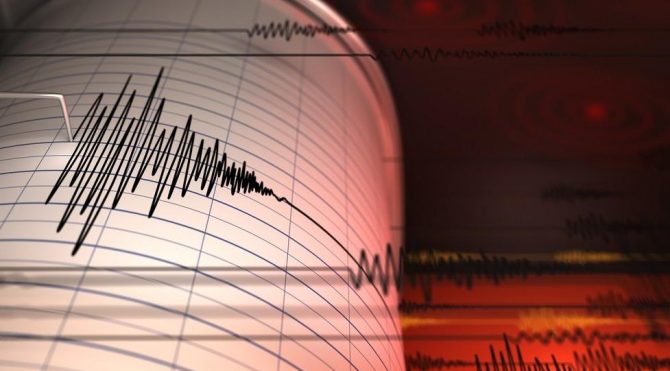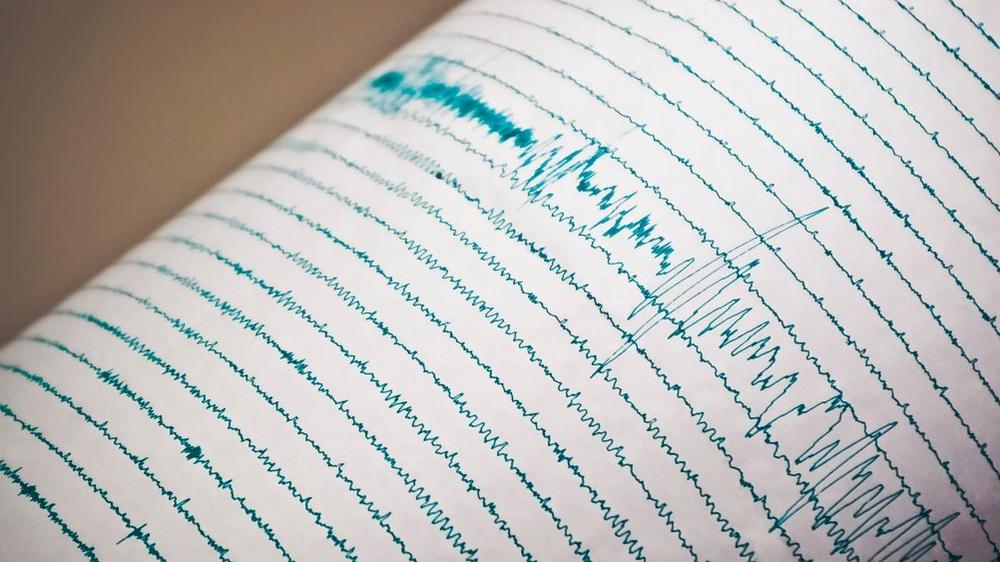After the 6.8 magnitude earthquake in Elazig, aftershocks continue. While the search and rescue activities continue in Elazig, aid to the region is collected throughout the country. In Turkey, finally, Elazığ, Malatya and size in Manisa province of changing various earthquakes were recorded continued. Here is the Kandilli Observatory list of recent earthquakes…
KANDİLLİ RASATHANESİ LAST EARTHQUAKES LIST
After the 6.8 magnitude earthquake in Elazig yesterday evening, a 4.7 magnitude shock occurred in Malatya. While hundreds of aftershocks have been recorded in the region, 22 people have died and more than 1000 have been injured so far.
AFAD LAST EARTHQUAKES
WHAT ARE THE ARTICLE EARTHQUAKE?
The jolts occurring after the main earthquake are called aftershocks. Aftershocks occur in the center where the main earthquake is felt, but it is smaller in severity. If the aftershocks occur more severely than the main earthquake, it should be known that the earthquake that occurred before the aftershock is not the main earthquake but the leading shock and the earthquake called the aftershock is actually the main earthquake.
Earthquake fracture types: There are three types of fractures. These; Slope-slip reverse fracture, slope-slip normal fracture and strike-slip fractures. Many earthquakes on earth occur as a result of fractures on slope slip and strike slip faults.
EARTHQUAKE TYPES:
In the information given from Kandilli, the types of earthquakes are described as follows;
Earthquakes can be of different types depending on the causes of occurrence. Although most of the earthquakes in the world occur in the form described above, there are also minor types of earthquakes due to natural causes. Earthquakes resulting from the movement of the plates described above are generally described as “TEKTONİK” earthquakes and these earthquakes mostly occur at the boundaries of the plates. 90% of earthquakes on earth belong to this group. The earthquake in Turkey are also mostly tectonic earthquakes. The second type of earthquakes are “VOLCANIC” earthquakes. These are formed as a result of eruption of volcanoes. In the depths of the earth, it is known that these types of earthquakes occur due to the explosions of gases formed as a result of physical and chemical events during the emergence of the molten substance. Since they are related to volcanoes, they are local and do not cause significant damage. Some of the earthquakes in Japan and Italy belong to this group. because there is not this type of active volcanoes, earthquakes in Turkey.
Another type of earthquakes are “COLLECTION” earthquakes. These are formed by the collapse of the ceiling block of cavities underground (cave), galleries in coal mines, melting in salt and gypsum areas. The sensing areas are local and their energy is low and they do not cause much harm. Large landslides and meteorites falling from the sky are also known to cause small jolts.
After the Deep Sea Earthquakes, whose focus is at the bottom of the sea, waves are formed in the seas leading up to the shores and sometimes causing great damage to the shores, which are called (Tsunami). 30,000 people died from the Tsunami in 1896 in Japan, where sea earthquakes were common.






